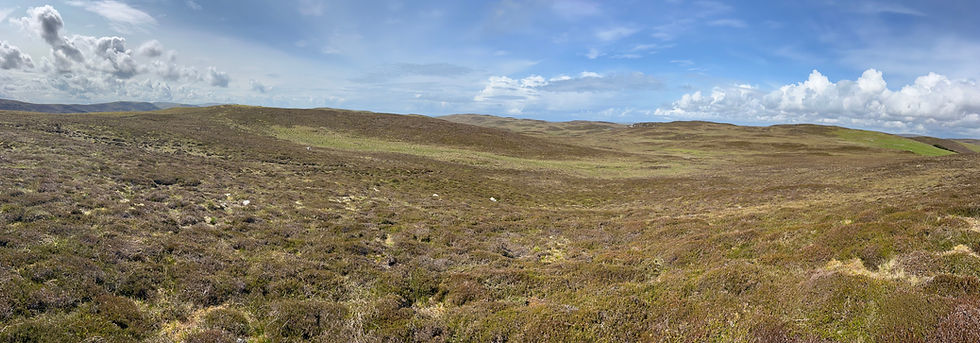Site in Focus - Fethaland
- Stephen Jennings

- Aug 23, 2015
- 1 min read

The northernmost tip of the Shetland mainland, Fethaland is best known as once home to the busiest deep sea (haaf) fishing station in Shetland. Established in the 15th and 16th centuries, during the short season from June to August it sent as many as sixty open long-line fishing boats to sea. Upon their return they split and dried the fish on the pebble beach housing themselves in the twenty odd huts that ring the shore. These rectangular lodges, of drystone construction, had temporary roofs of wood and turf which were removed at the end of each season to avoid damage during the stormy winter months.
Fethaland’s early development was a means to supplement the local subsistence diet of the time but soon grew into an important part of the economy. However, the complexity of local arrangements meant onerous credit and lease obligations as well as complicated ownership issues and so participation at fixed prices became compulsory. When this system began to break down and the fishermen were met with increased competition and excessive loss of life the Fethaland fisheries were finally abandoned in the early 20th century.

Although this may be the end of the story it is by no means the beginning; human occupation of Fethaland spans a much longer period of time reaching deep into prehistory. On the lowest part of the peninsula there are the remains of a prehistoric house, perhaps Iron Age in origin, with chambered walls and an entrance passage of upright slabs. Later, Vikings worked the soapstone on the east side of the Isle of Fethaland where bowl shapes can still be seen on the cliff with the debris below.
Forming such an important part of our heritage and in danger due to coastal erosion and rising sea levels this multi-period site is a must see while we can.
Please enjoy the video, it comes via Coast Archaeology and SCAPE.








Comments